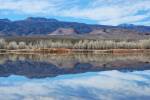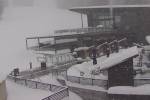Arizona’s slot canyons offer drama, beauty
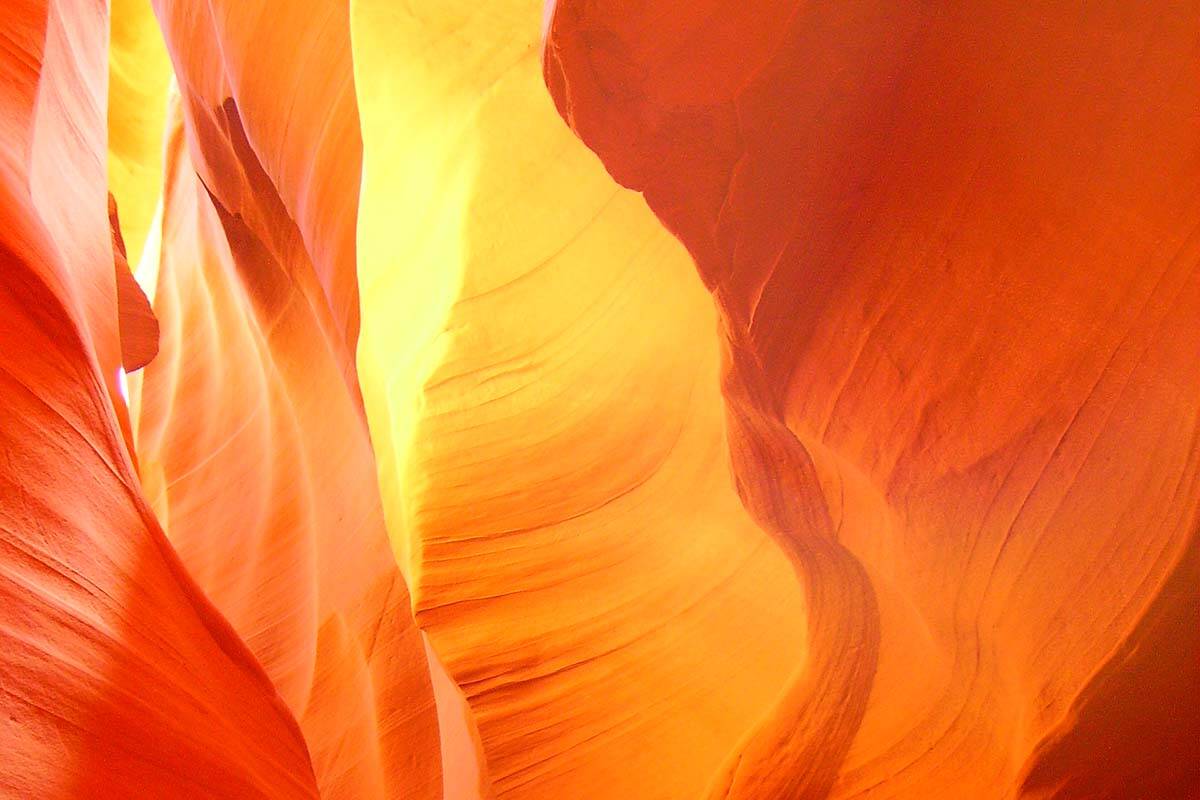
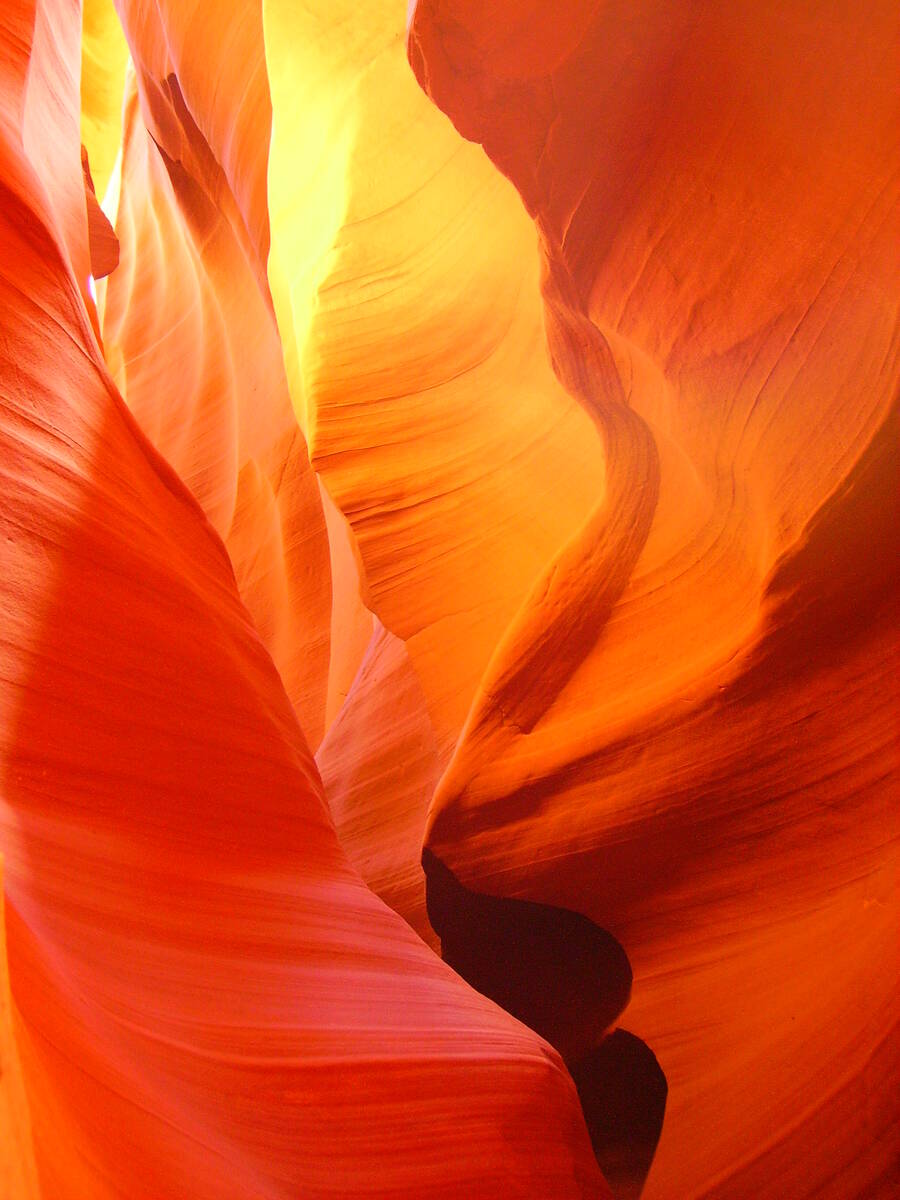
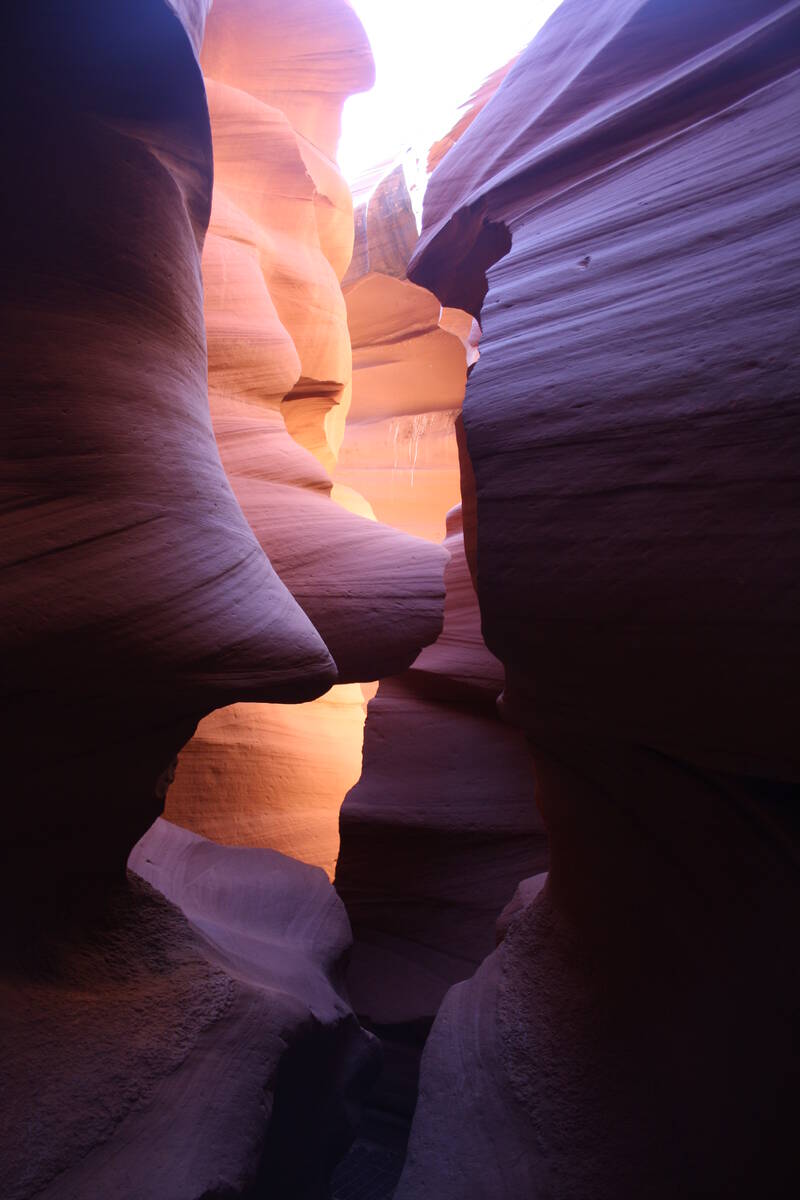
There are thousands of colorful sandstone slot canyons in the Southwest, and because no two are the same, exploring each is a unique experience. Some of the most picturesque canyons are found deep in the wilderness and seen only by those who hike many hours, even days, over rough terrain.
Upper Antelope and Lower Antelope canyons are two of the most photographed slots in the Southwest, not only because they are absolutely stunning but because it’s not difficult to reach them. These choice canyons are only a few miles apart, within the same drainage on the Navajo Reservation just minutes from Page, Arizona. Both feature corkscrew slots, primarily shaped by water and wind and made up of Navajo sandstone. The Antelope Canyon drainage eventually empties into Lake Powell.
Upper Antelope is by far the most visited. It’s the best choice for all ages because of the ease of walking through it. Furthermore, its brilliant hues of orange, pink and red rarely disappoint. The Navajo call Upper Antelope Tse’bighanilini, which means “the place where water runs through it.” Its English name recalls the herds of antelope that once roamed freely through this area. The trailhead elevation is at about 4,372 feet, so expect outside temperatures to be about 10 degrees cooler than in Las Vegas.
To visit either slot you will need to sign up with a Navajo guide; the upper and lower canyons are separate excursions. For Upper Antelope Canyon, you will join up with your guide in Page or the outer parking area along state Route 98. From there, you will go with your guide in their vehicle a few miles along a very sandy drainage to the entrance. Most of the guides use this opportunity to educate visitors about the geology, history of the land and Navajo culture.
Many Navajos consider the canyon a cathedral and will pause before entering. It is a spiritual place for most.
Once inside, you will get to see many of the most famous and recognizable formations, such as The Bear, The Weeping Eye and the Dancing Flame. In most places, when you gaze up you will see light beams but will not be able to see the full sky, just the twists and turns of the rock that rises some 100 feet in places. The entire tour is through a section only about 200 yards, after which the canyon opens up again.
Lower Antelope Canyon is called Hasdeztwasi, or “Spiral Rock Arches.” This slot can be a little more difficult to maneuver in, and stairs and ladders are used in places to aid visitors. To some it might feel claustrophobic. But it’s quite a stunning canyon, and the sandstone seems to have more of a purplish tint compared with Upper Antelope.
As in any narrow canyon, flash flooding can be extremely dangerous, especially during and after a rainstorm. Rain funnels down into these drainages, bringing debris and mud. Even if the sky is clear directly above, a storm miles away can cause a torrent through here, taking with it everything in its way. During a visit to Upper Antelope, I once observed a juniper log lodged about 30 feet up the canyon wall, a remnant of a past flood.
There is a bit of a pall over the lower canyon, the site of a horrible flash flood years ago. In 1997, 11 tourists visiting Lower Antelope were killed when an afternoon thunderstorm caught them by surprise. Back then, there were no escape routes within the canyon, though they have been installed since. A large memorial plaque at the trailhead honors those who perished.
For a list of approved Navajo guides and other information, call 928-645-0268 or visit www.visitarizona.com. Masks are mandatory on all tours through the canyons. Page, Arizona, has full services for travelers, including lodging, restaurants and markets.
